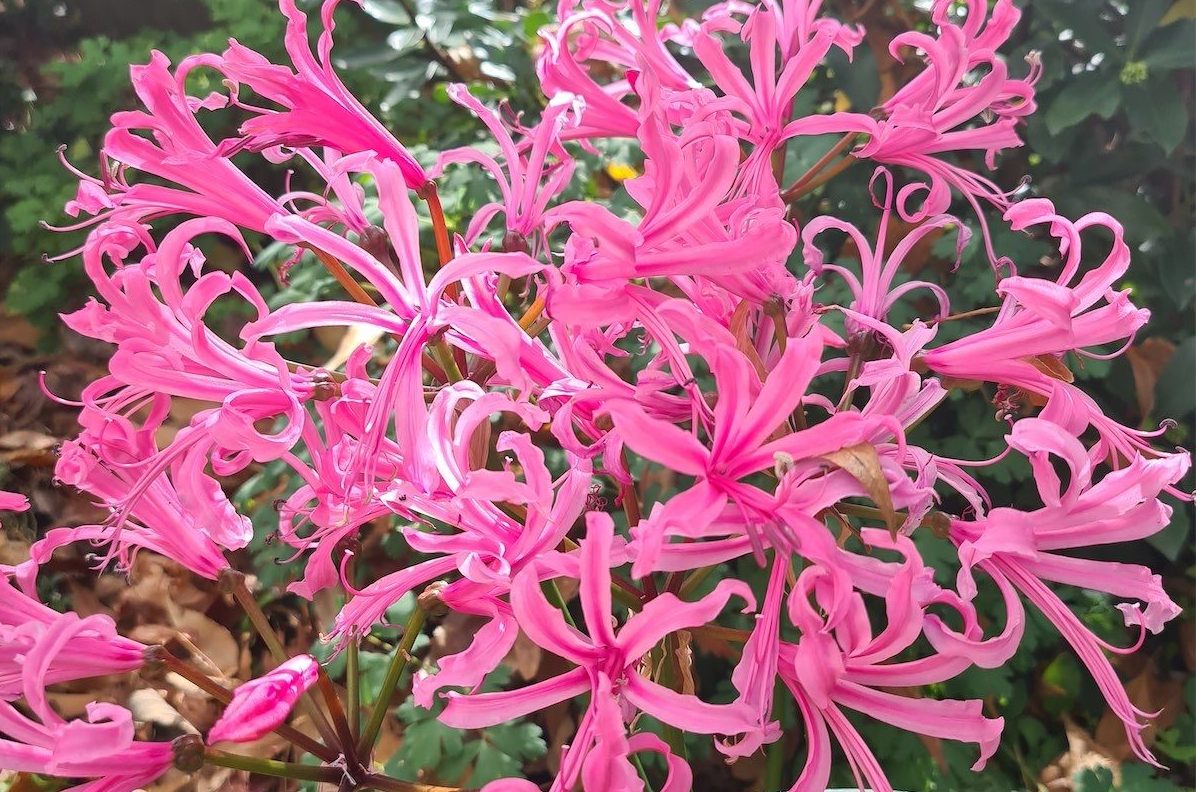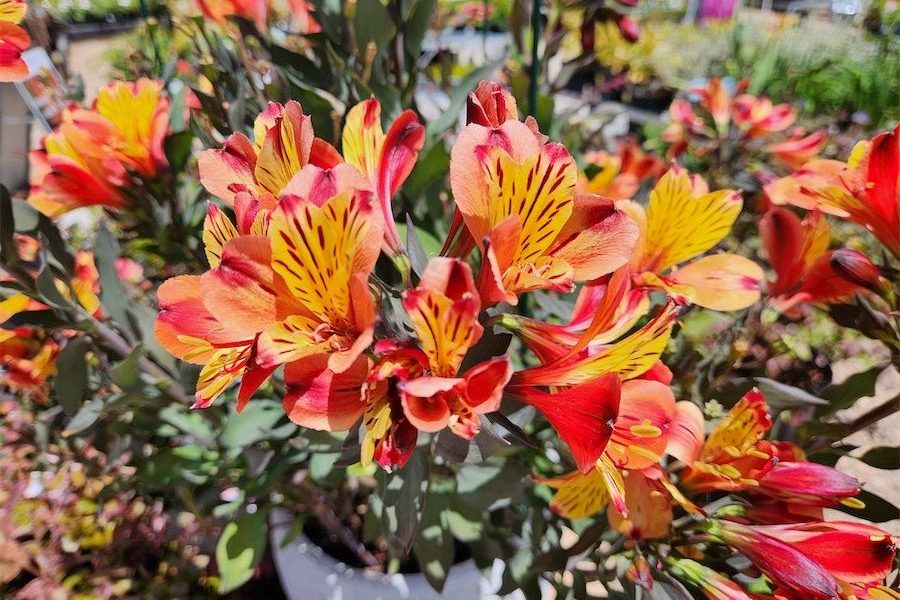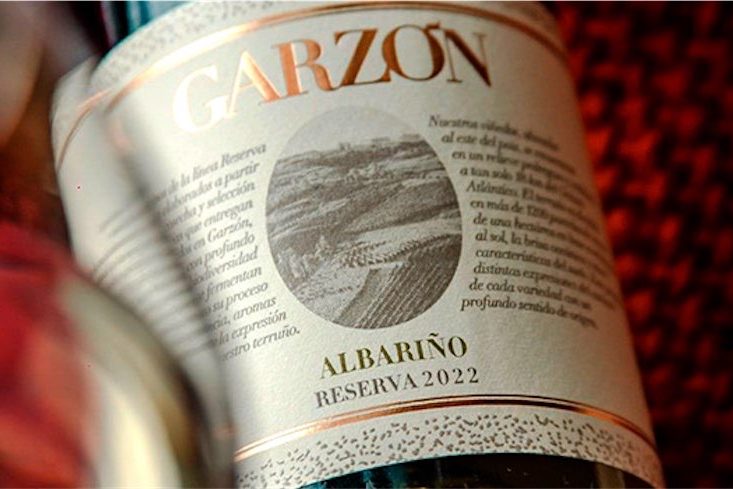
Now the weather is starting to cool, it’s a perfect time to sow a green manure crop in the vegetable garden., says gardening writer JACKIE WARBURTON.

GREEN manure crops are specifically grown with certain seeds and, when grown, are dug back into the soil to add nutrients and organic matter for growing veggies in the spring.
This process replenishes the soil from veggies that draw a lot of nutrients when growing. There are ready-made packets of green manure crop for sale at local nurseries, online or rural suppliers have a really good variety and can be bought in bulk. The advantage with rural suppliers is that you can pick your own choice of seed you want to grow.
When choosing seeds for green manure, it’s important to have some legume seeds to fix nitrogen to the soil and non-legumes to add the bulk of organic matter to the soil.
Some seeds to try for in our climate would be legume seeds such as field peas, lupins and broad beans, and non-legumes such as barley, oats and rye will all work well. It’s important to get seeds sprouted and good growth before the night temperatures fall.
It’s also important not to let the green manure crop flower as it will then take nutrients from the soil, the opposite of what you intended it to do.
By late winter to early spring, chop the plants down with a spade and dig them into the soil. Green manure crops are also a way of interrupting pests and diseases in the soil and, in turn, reduces the use of pesticides and insecticides in the vegetable garden. It also uses fallow soil and keeps weeds down through winter.
Dig over the area where the crop is to be grown, cover the seed about two to three times the width of the seed, and water well. Water again when growth appears.
IN the ornamental garden, if irises weren’t divided in spring they can be done now as they’ll be looking a little scrappy from summer and will start their growing period now and through winter.
Remove any old leaves that have brown markings or are yellow in colour and spent flowers. They multiply quickly and can fill a space in the garden that is hot and dry that has full sun.
An Iris rhizome only flowers once and it will take several years for the new rhizome to bud and branch, form and grow into new flowers. Break off old rhizomes and throw them away, and plant new smaller rhizomes that have white fleshy roots.
AUTUMN bulbs are starting to put on a show. One of my favourites would be Nerines. They are dormant in summer and, as the weather cools, their colour range is from white to deep pink and red.
The foliage and flowers are not bothered by our frosts and can be a good filler in a bare garden in winter. Feed as the flower is dying so the nutrients are put back into the bulbs for growing and flowering well for next year.

QUINCES will be ripening from now through to May. Quince trees can grow into medium-to-large trees and can double as an ornamental plant in the garden with sweet, pale-pink, scented flowers in spring.
They are self-fertile, but will fruit better with others close by and can take up to six years to fruit. They have a high pectin content and are terrific for preserving or making jams. The fruit is ready for picking when golden yellow and has a honey sweet aroma.
There are a few different varieties to try, and different varieties have different harvesting periods. I grow the Smyrna variety (Cydonia oblonga) of quince, as it flowers a little later than the others in spring and minimises the risk of losing flowers to the frost in spring.
With the wet season we’ve had, there have been issues with quince fleck, which can defoliate leaves and crack the fruit. Spray with a fungicide as soon as the brown marks appear.
Other issues that can affect quinces are pear and cherry slug. Try to keep the leaves dry to minimise this issue.
Jackwar@home.netspeed.com.au
Who can be trusted?
In a world of spin and confusion, there’s never been a more important time to support independent journalism in Canberra.
If you trust our work online and want to enforce the power of independent voices, I invite you to make a small contribution.
Every dollar of support is invested back into our journalism to help keep citynews.com.au strong and free.
Thank you,
Ian Meikle, editor





Leave a Reply